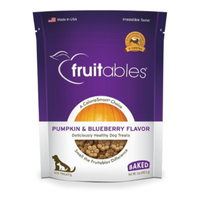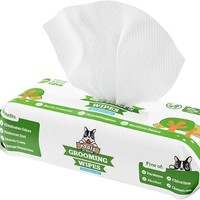Seasonal allergies in dogs: Symptoms and how to treat them
Your simple guide to recognizing, treating, and preventing seasonal allergies in dogs throughout the year.
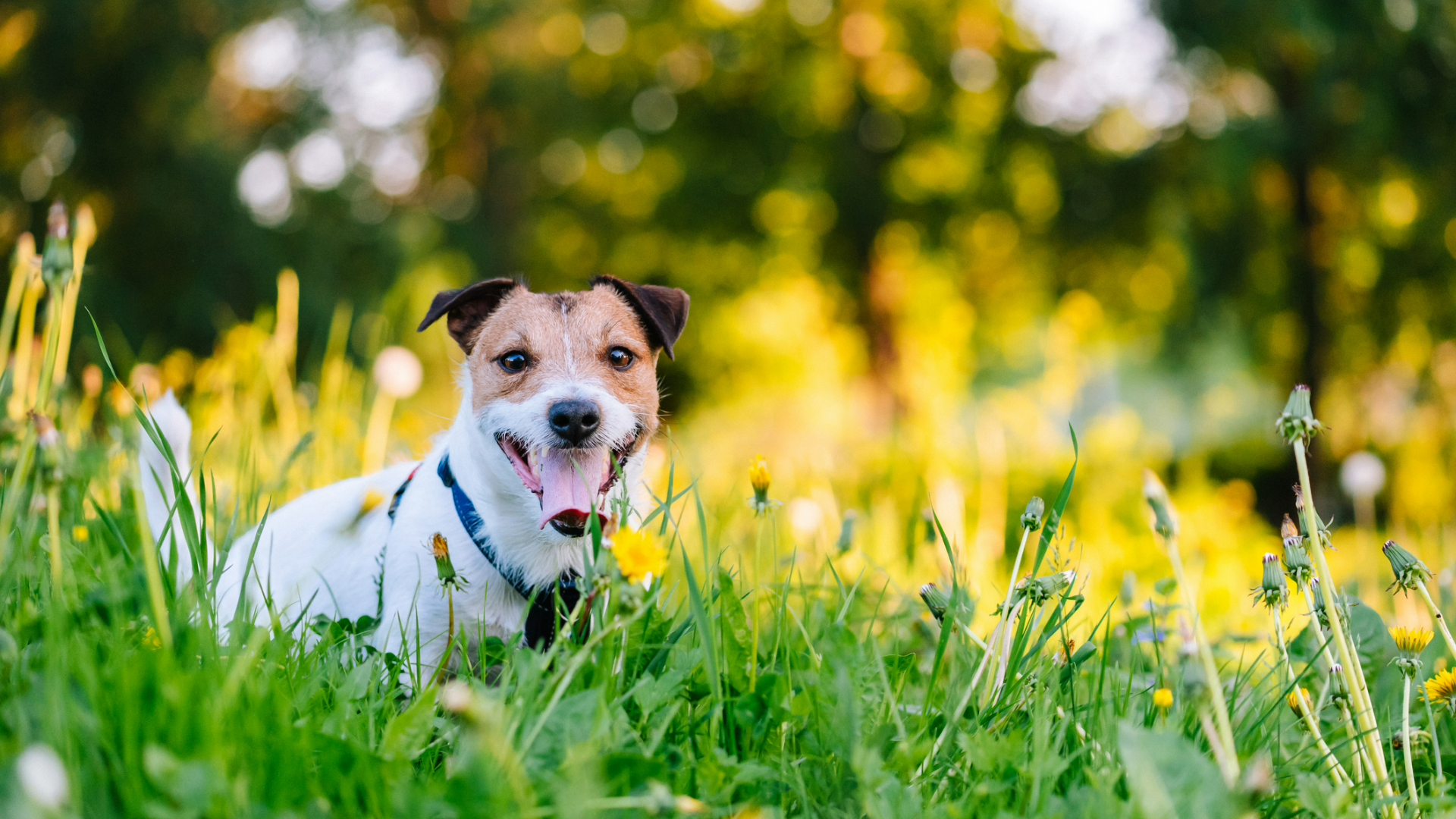
Seasonal allergies in dogs can cause discomfort and irritation. Pet parents might feel concerned as they try to get to the bottom of what is making their dog feel uncomfortable.
Itching alongside redness, inflamed skin, and recurrent ear or eye infections are problematic at any time - even more so when they are experienced every year at the same time.
Spring and fall are the most common seasons for dogs to suffer - when plants are blooming and we are most active outside with our pets. Seasonal allergies in dogs can hinder your life with your pet so it’s important to get help to work out what is causing their allergic condition.
While investigating your dog’s allergies, you may need to make lifestyle changes such as where you walk, diet changes (like swapping to the best dog food for allergies), or environmental changes, including swapping out the products you use to clean your home.
They might seem similar, but seasonal allergies are different from environmental allergies as they only occur during specific seasons of the year. To find out more about the different types of allergies, check out our feature on food vs environmental dog allergies.
We're here to help you understand the signs of seasonal allergies so you can provide your dogs with the necessary care and relief and they can get back to enjoying outside adventures all year round.
What are seasonal allergies?
Seasonal allergies are the immune system's response to perceived 'threats' brought around by changing seasons. This response triggers the release of histamines. Just like people, dogs can be affected by environmental factors such as pollen, mold spores, and grasses, leading to a condition commonly known as seasonal allergic dermatitis.
PetsRadar Newsletter
Get the best advice, tips and top tech for your beloved Pets
Identifying and managing seasonal allergies in dogs involves a combination of preventive measures, environmental control, and sometimes veterinary intervention. It’s important to keep track of your dog’s symptoms on a monthly basis.
As vet Dr Katie Ford says, when documenting your dog’s symptoms, “You may notice that you always take your dog to the vet for paw licking in April/May time, for example.”

Dr Katie Ford is an experienced small animal vet with a medicine certificate. She qualified from the University of Liverpool in 2012 and has worked across first opinion, emergency, and media work. Following her own experiences and interest in personal development, she trained as a coach and completed a master's in Emotional Well-being. Dr Ford now runs multiple businesses within the veterinary industry, supporting her colleagues. In 2020, she wrote a series of short books named "To An Amazing Vet", designed to gift to members of the profession to thank them for their hard work and care.
In terms of treatment for seasonal allergies in dogs, Katie says this “may involve medications to relieve the intensity of itching, which might involve tablets, sprays or creams. For example, corticosteroids or antihistamines. [Your vet] may also recommend antibacterial and antifungal washes, ear cleaners, or wipes to reduce the risk of secondary infections at this time. Alongside this, fatty acid supplements may be useful too.”
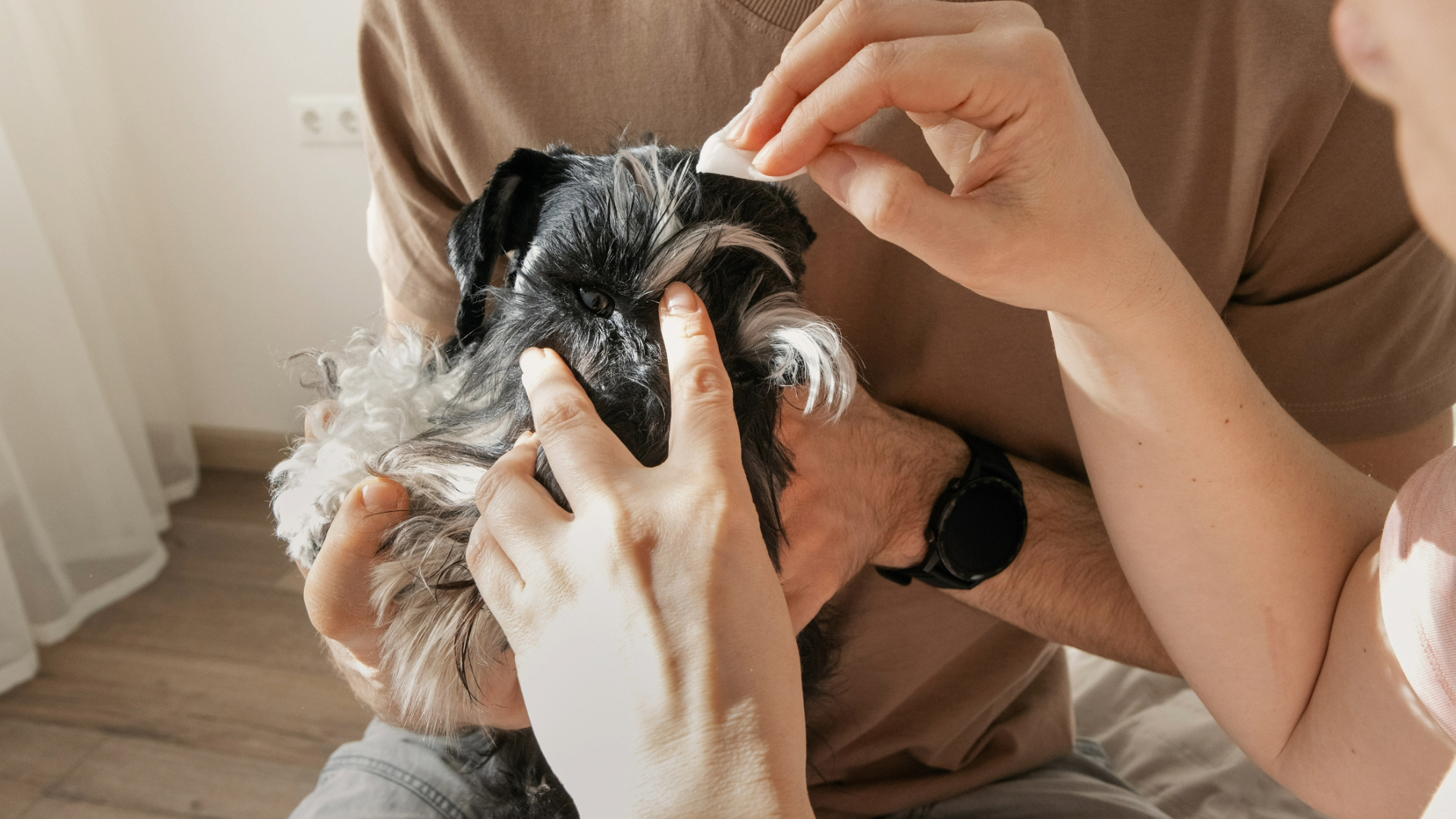
Follow our list of dos and don’ts to support your dog with their seasonal allergies:
Dos
1. Do get a professional diagnosis
Dr Ford says: “If your dog's allergic symptoms occur or worsen during certain seasons, it may indicate a seasonal allergy. However, it's essential to differentiate between environmental and year-round allergens, and your vet can help determine the specific triggers”.
Your vet will be able to assist you in keeping on top of all of your dog’s symptoms and suggest any relevant treatment.
2. Do monitor outside activities
Keeping a journal of your dog’s level of discomfort or signs of allergic reactions, alongside their week of activities, will help you work out if there’s any correlation between where you walk and your dog’s symptoms.
It’s also worthwhile noting the pollen count on specific days and reducing your dog’s time outside at those times. You can entertain your dog at home with some simple trick training or scent work instead. Here are 10 great brain games for dogs you might want to try.
Fruitables Pumpkin & Blueberry Flavor Dog Treats
All dog owners need some tasty treats on standby, and these superfood snacks are a great choice. Not only do they contain pumpkin (for immune system support) and blueberries (rich in antioxidants), there are only eight calories per treat. Perfect for those training days in.
3. Do wash your dog or wipe them down after walks
Wiping your dog down after walks or giving them regular baths could help reduce the impact of the changing seasons - especially when pollen is a trigger for your dog.
As Katie says: “Rinsing paws after walks can remove pollen particles attached to the skin.” When bathing your dog, make sure you use products with natural ingredients such as oatmeal or aloe vera."
If your dog isn’t a fan of bath time, our feature on why do dogs hate baths might be useful.
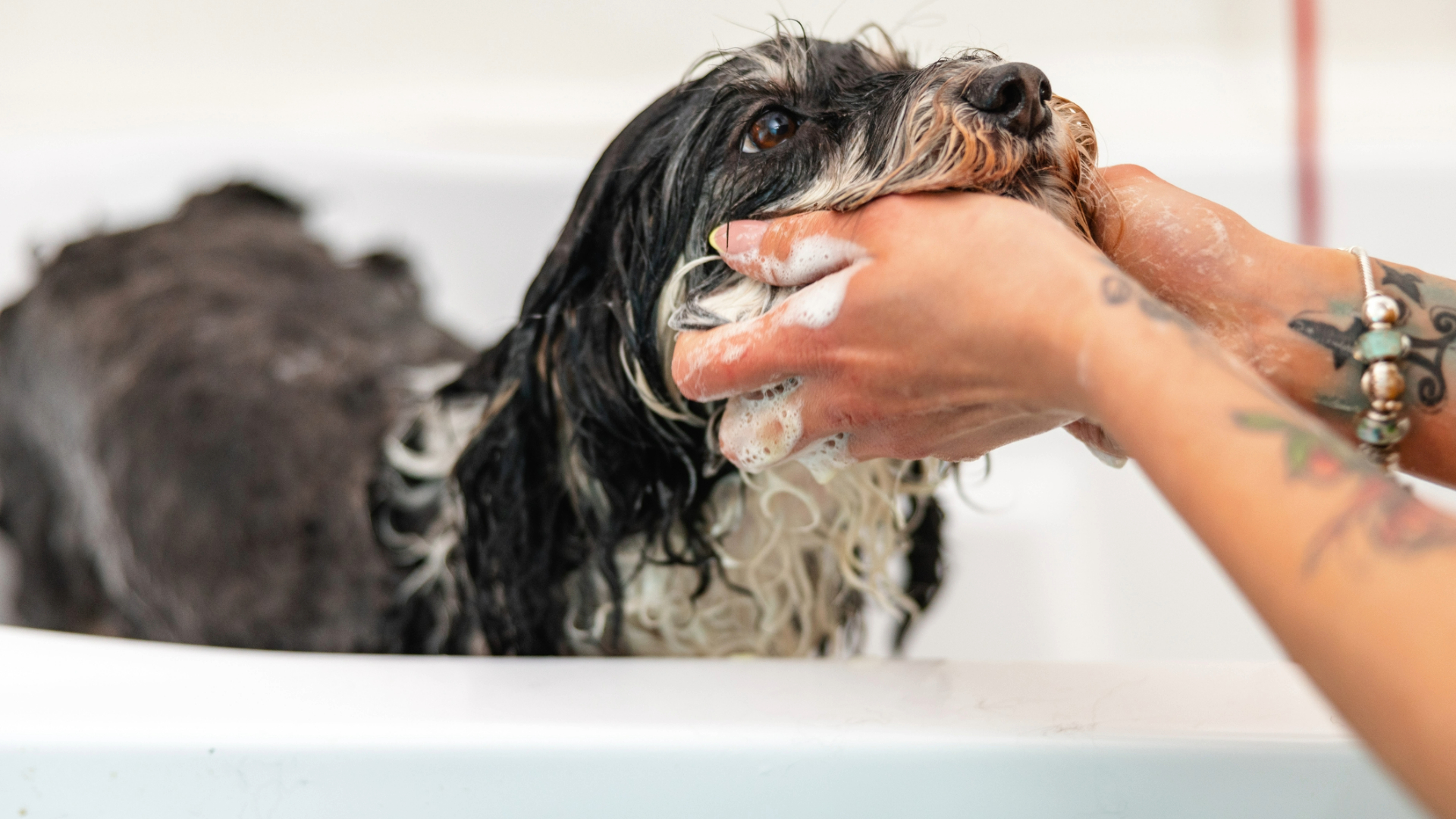
4. Do keep indoor spaces clean
While seasonal allergies make you think of the outside world, it’s important to note that your dog’s condition might also be triggered by pollen that settles on soft furnishings - including their beds - from either their fur or our bodies.
Washing bedding, dusting, and vacuuming regularly can help you keep on top of any indoor allergies too. You may also want to dry their bedding indoors or in the dryer, rather than hanging it out on the line where pollen could settle on it.
5. Do continue to work with your veterinarian
Katie notes the importance of working “longer term with your vet to form a strategy to approach allergy season."
She says: "Sometimes allergen-specific immunotherapy is an option. This involves a gradual exposure to small amounts of identified allergens, administered through injections or oral drops, to desensitize the immune system and reduce allergic reactions over time.”
It’s also important to keep on top of any drugs or natural remedies your dog may need to keep their allergies under control - setting a daily alarm on your phone to remind you to administer the medication. If approved by your vet, you might want to try these three home made remedies for dog allergies.
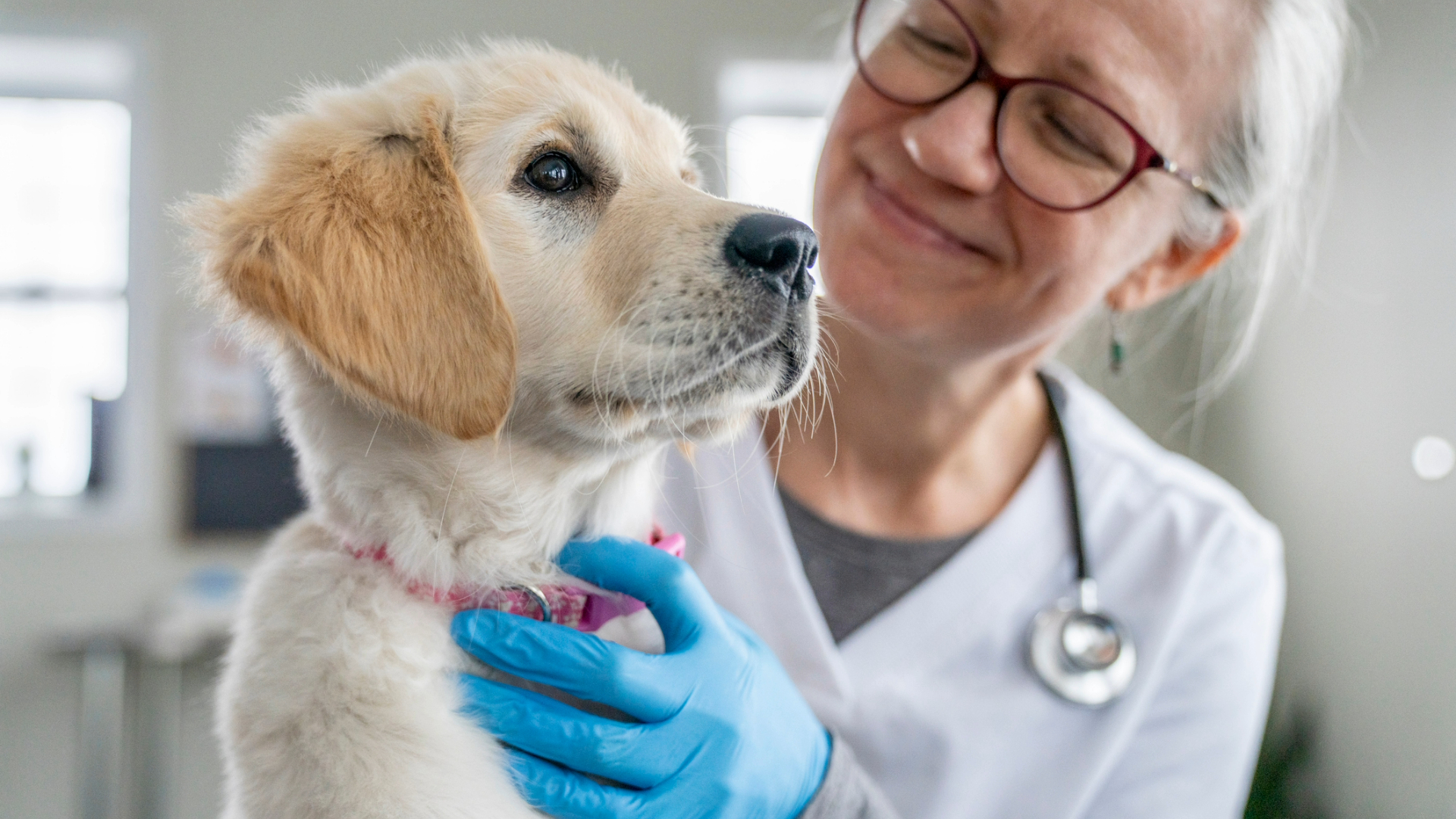
Don’ts
1. Don’t self-diagnose
Don't attempt to self-diagnose or treat your dog's allergies without consulting a vet. Proper diagnosis is crucial for effective treatment. You may also need the support of a canine dietician or holistic vet to get to the bottom of your dog’s allergies if symptoms persist.
2. Don’t over-expose your dog to triggers
Whilst it can be tempting to continue life as usual, especially if medication is helping your dog to keep on top of their allergic reactions, minimizing exposure to triggers such as pollen is the kindest approach. Restricting walk routes might feel mean, but in the long run, it will help your dog feel more comfortable.

3. Don’t ignore symptoms or behavior changes
Don't ignore signs of discomfort or changes in behavior. If your dog's allergy symptoms persist or worsen, consult your veterinarian promptly. You may see your dog’s mood dip also, while they’re feeling uncomfortable - so support from an ethical and experienced dog behaviorist might be useful.
Pain and discomfort can cause so many challenges behaviorally - from noise phobias to reactivity - so it’s important to be proactive in supporting your dog’s emotional well-being as well as physical.
4. Don’t bathe your dog too frequently
Avoid excessively bathing your dog. Whilst it is important to remove any allergens from their coat, washing too frequently can strip their skin of natural oils and potentially worsen skin conditions.
Follow your vet's recommendations for bathing frequency and if necessary, change walking locations or have a day off from walks rather than create further need for bathing.
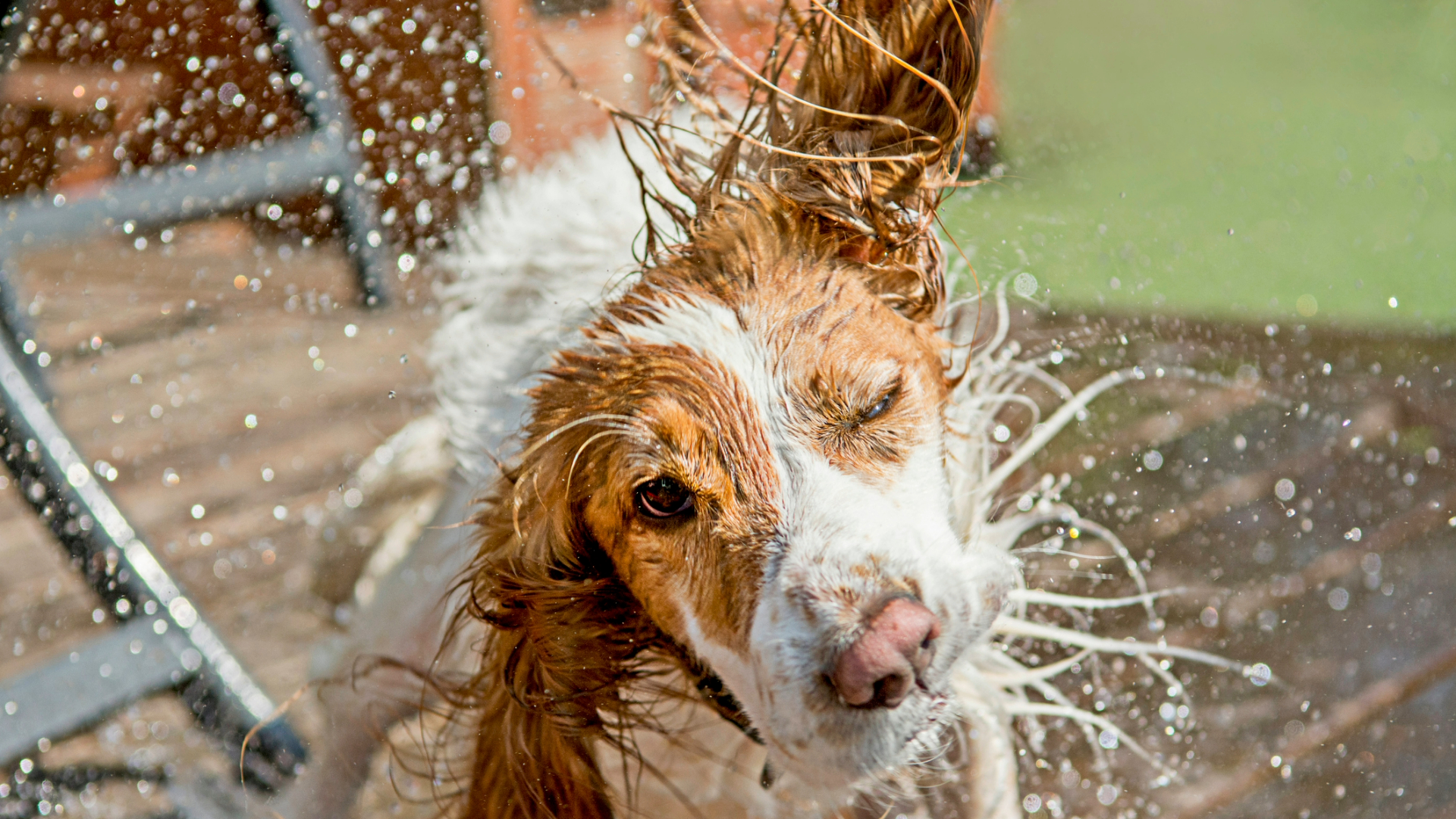
5. Don't discontinue medication abruptly
If you see positive changes in your dog’s behavior or allergic conditions, it can be tempting to stop the medication to either save some money or reduce the impact they could have on other parts of your dog’s body.
However, it’s important to follow your vet’s guidance on the proper way to adjust or stop medications.
Is your dog showing signs of dog allergies ? Or are you wondering if they might be allergic to grass? Read our insightful chat with one pet parent who says, "I didn’t know dogs could have allergies until I found out mine was allergic to grass.” And if you still don’t feel you’ve got on top of your dog’s allergies, it might be worth investigating how their diet is suiting them with dog food allergy tests.
Pogi's Pet Supplies Deodorizing Wipes for Dogs & Cats
Whilst simple bathing at home can help your dog with seasonal allergies, these wipes are a handy way to wash your dog on the go. When you’re on vacation or even just driving back from the dog park, you may not want to wait until you get home to be able to clean pollen from your dog’s body and paws. These wipes are gentle - created with natural ingredients - making them suitable for regular long-term use on your dog’s coat.

Caroline Wilkinson is a Certified Animal Behaviorist. She is a Full (assessed) Member of the APDT and INTODogs – as well as a Registered Training Instructor (ABTC). Caroline is also a Certified Real Dog Yoga Practitioner and an Applied Canine Zoopharmacognosist.
